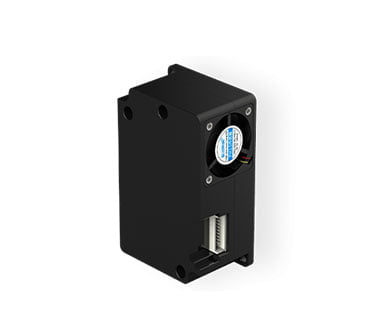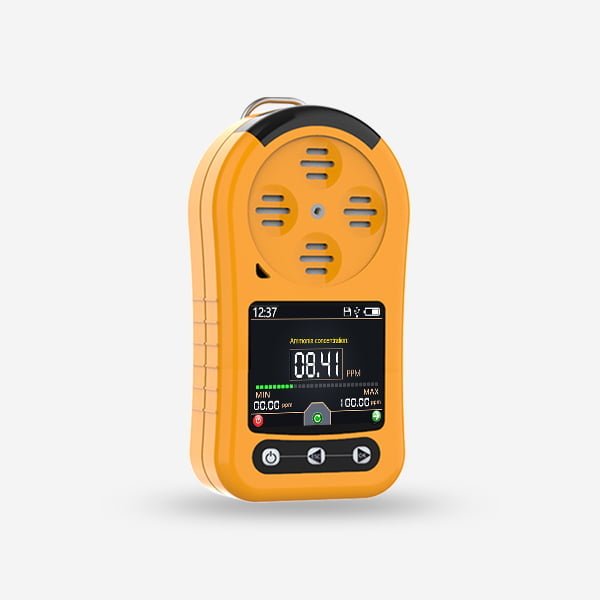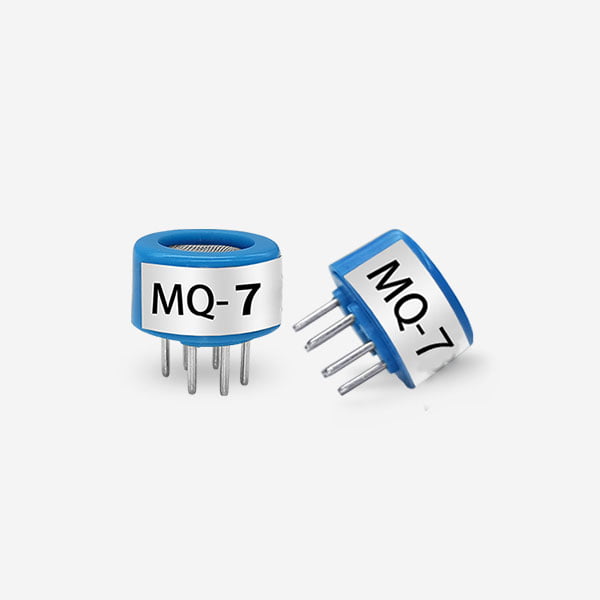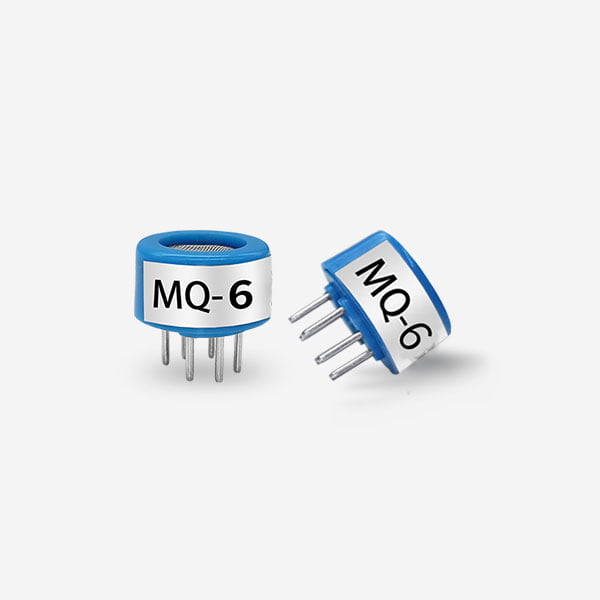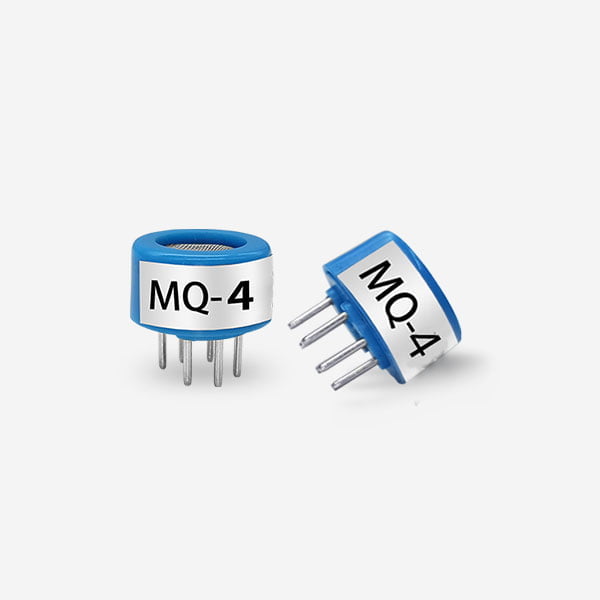Learn about Carbon monoxide detector
co2 sensor is a detector developed by JXCT to monitor carbon monoxide gas. Carbon monoxide (CO) is a colorless, poisonous gas that can cause serious health problems or even death. It is produced by the incomplete combustion of fossil fuels, such as gasoline, natural gas, and coal. CO is a major contributor to indoor air pollution and is responsible for many cases of accidental poisoning. Therefore, the development of reliable and accurate CO sensors is crucial for the protection of human health and safety.

Detection Methods
There are several methods for detecting CO, including electrochemical, infrared, and metal oxide sensors. Is the most common type of Carbon Monoxide detector is electrochemical sensor. They operate by measuring the current generated by the reaction between CO and an electrolyte. The current is proportional to the concentration of CO in the air. Electrochemical sensors are highly sensitive and selective, and they respond quickly to changes in CO concentration. However, temperature and humidity affect their lifespan.
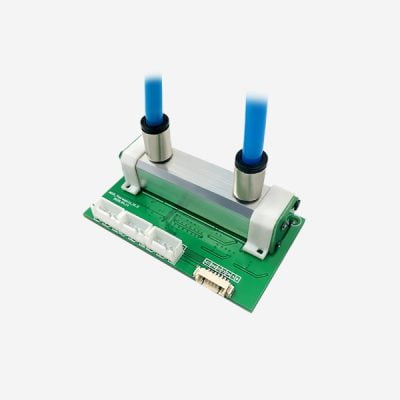
Infrared co2 sensor use a light source to detect the absorption of CO molecules. The amount of absorption is proportional to the concentration of CO in the air. Infrared sensors are highly accurate and have a long lifespan. They are not affected by temperature or humidity. However, they are more expensive than electrochemical sensors and require more power.
Metal oxide sensors operate by measuring the change in electrical resistance of a metal oxide film when exposed to CO. The change in resistance is proportional to the concentration of CO in the air. Metal oxide sensors are less expensive than electrochemical and infrared sensors and have a long lifespan. However, they are less accurate and less sensitive than other types of sensors.
Applications
The range of applications of CO2 sensor, including residential, commercial and industrial environments.In a residential environment, CO sensors detect the presence of carbon dioxide in homes, apartments and other living Spaces. We usually install it near the gas stove and water heater. Carbon dioxide sensors also detect the presence of carbon dioxide in the car.
In commercial and industrial environments, carbon dioxide sensors monitor air quality in factories and warehouses. We usually use it with the ventilation system to make sure the workers are not in danger. Carbon dioxide sensors also detect the presence of CO in underground mines.
Conclusion
CO sensors are essential for protecting human health and safety. They provide an early warning of the presence of CO in the air, allowing people to take action to prevent exposure. There are several types of CO sensors available, each with its own advantages and disadvantages. The choice of sensor depends on the specific application and the required level of accuracy and sensitivity. With the continued development of new sensor technologies, CO sensors will become even more reliable and accurate in the future.
